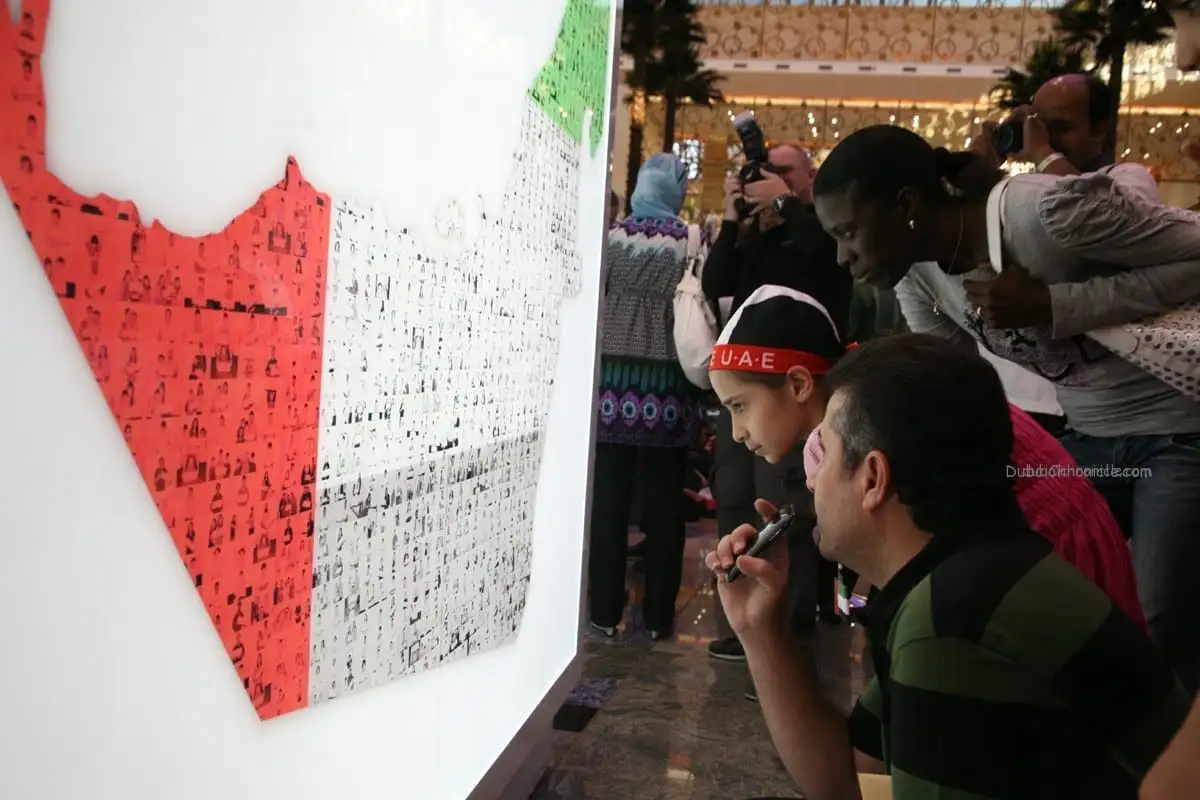By Editor
Copyright dubaichronicle

The newly released Global Innovation Index (GII) 2025 by the World Intellectual Property Organisation (WIPO) has once again placed the spotlight on the world’s most dynamic economies. Switzerland, Sweden, the United States, the Republic of Korea, and Singapore claimed the top five positions, reinforcing their long-standing reputation as innovation powerhouses. Meanwhile, the United Arab Emirates continues to strengthen its place as a serious contender in the global innovation landscape.
What the Global Innovation Index Measures
The GII, now in its 18th edition, is the most comprehensive benchmark for innovation performance worldwide. Evaluating nearly 140 economies, the index relies on 80 indicators ranging from R&D spending, venture capital flows, and high-tech exports to patent filings and startup ecosystems. It offers policymakers, investors, and businesses a roadmap to understanding how well nations are creating and sustaining environments that fuel innovation.
In 2025, the report highlights a dual reality: while top-tier economies continue to push the frontiers of technology, global innovation investment is showing signs of slowdown. R&D growth decelerated to 2.9% in 2024 and is expected to fall further to 2.3% in 2025, marking the weakest pace since the 2010 financial crisis. Corporate R&D, particularly in manufacturing sectors, has contracted amid inflation and revenue pressures, while ICT and AI-related industries continue to expand.
UAE in the Global Innovation Map
Although the UAE is not yet in the global top 10, its steady upward trajectory places it among the fastest-advancing economies in the Middle East. In recent years, the Emirates has consistently ranked in the top tier of Arab states, often competing with Saudi Arabia and Qatar as the region’s innovation leader.
The country’s performance is built on several pillars:
Proactive government policy: The UAE Vision 2031 and Dubai’s D33 strategy emphasize knowledge-based growth, with innovation ecosystems at their core.
Strategic investment in R&D: Significant funding flows into renewable energy, AI, biotech, and space exploration. The Mohammed Bin Rashid Space Centre and Emirates Mars Mission are symbolic milestones.
Thriving startup environment: With free zones like DIFC and ADGM, and accelerators such as Hub71, the UAE has become a magnet for venture capital, especially in fintech, e-commerce, and AI-driven solutions.
What This Means for the UAE
The UAE’s continued rise in the GII demonstrates its success in pivoting from an oil-dependent economy toward a diversified, knowledge-based future. It also signals that the country is effectively nurturing an environment where innovation thrives — from policy frameworks and infrastructure to education and research.
At the same time, the broader slowdown in global R&D investment is a cautionary signal. While AI-related sectors and software firms are seeing robust growth, traditional industries are cutting back, underscoring the need for diversification. For the UAE, this is an opportunity: by investing counter-cyclically and positioning itself as a hub for emerging technologies, it can leapfrog ahead while other economies retrench.
Looking Ahead
The GII 2025 underlines one key truth: innovation is no longer optional; it is the currency of global competitiveness. For the UAE, maintaining momentum will require deeper collaboration between government, private sector, and academia. Expanding R&D beyond core ICT into green technologies, life sciences, and advanced manufacturing will be crucial.
With Expo City Dubai serving as a global stage for technology and sustainability showcases, and initiatives like Dubai Future Foundation driving experimentation, the UAE is well-positioned to transform ambition into lasting impact. Its GII trajectory suggests a nation not just catching up, but preparing to set the pace in the innovation race.



